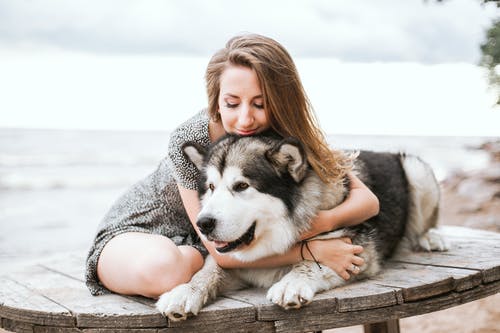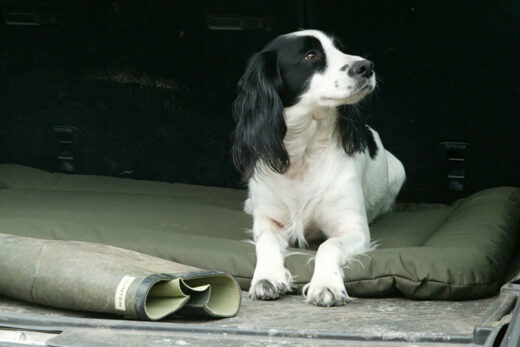Pet owners are, without a doubt, some of the happiest people in the world. How could you not be with a dog as part of your family? Dogs, in particular, are pets that bring an abundance of joy to their families. In theory, you can find a way to walk any of your pets, from hamsters and cats to bunnies and horses. But the most commonly walked pet is a dog, hands down.
Starting your morning off with a stroll through the neighborhood is a very calming and healthy way to begin your day. The experience of morning air and the view of a sunset is even more enjoyable when you have a dog to accompany you. The best part of all is that dogs are just as happy to be roaming around outside as you are, if not more so!
Canines of all breeds, personalities, and ages have one thing in common, and that one thing is a sense of adventure. Granted, as a disclaimer, it is important to mention that elderly and geriatric dogs have a harder time walking around, especially when compared to their youthful counterparts. If you’ve ever been the proud owner of a little puppy dog, then you know full well that the young pups do not understand the concept of down time!
Energy levels aside, dogs are known for their love of outdoor activities. Whether the day calls for an early morning walk with your dog, or a trip to the dog park in the afternoon, dogs are ready to go, go, go at a moment’s notice. But sometimes, dogs are not always out of harm’s way in the process of enjoying daily walks, runs along the beach, playtime with their canine friends, or any other form of physical exertion.
On very rare occasions, dogs can end up injuring themselves or being hurt by a fellow dog. Running on uneven surfaces can cause a puppy’s foot to land in a pothole disguised as a patch of grass, for instance. One wrong step and the poor pup could potentially break a bone. As one of many examples, there are many different possible scenarios that can play out and result in a dog’s injury.
In very serious cases, a dog that has been hurt could have sustained such an intense injury that ultimately requires amputation. This is a very scary word for pet owners to hear, especially when it concerns their precious furry friends. The last thing you ever want to think about as someone who owns a dog is making the choice to amputate your pet’s legs.
As you might be able to imagine, amputation is not an easy circumstance to find yourself in, no matter if you are the patient or if it is a conversation about your dog’s future. Pet owners end up in situations where they have to make a decision that will completely change the life of their doggo. So, let’s say you suddenly find your dog in a situation where he or she is facing the possibility of amputation. What are you supposed to do next? How do you cope? Are there things you can do to actively lessen the stress levels and reduce the pain of amputation for your dog?
Before you take any actions, try to center yourself and remember that an amputation is frightening, but it is a step in the right direction. The silver lining in a situation regarding a dog with an amputated leg is that it is not the end of the world. In fact, something we will go into far more detail about is that amputation is more often a life-saving procedure than anything else. This fact is especially true in cases where infections come into the picture.
So, back to the original question. How do you care for a dog with an amputated leg? There are many different ways to go about the situation. Being a caretaker for a dog that is recovering from a successful operation is not an easy task. You’ll need to work alongside your pup and prioritize his or her health. On top of showing as much love as you can muster to your dog, you’ll need to assist your pup as the little buddy learns to move around with three legs instead of four.
Let’s talk about caring for dogs with amputated legs in more detail. First, we’ll explore more of the specific causes behind dog amputation. Then, we will give you some insight into what you can expect to hear from your dog’s veterinarian, as well as explaining some of the various treatment options you have for postoperative pain. We have just the solution for dogs that are loopy and nauseous as the pain medication wears off and the dogs begin to feel physical discomfort. Keep reading to learn how to care for a dog following surgery to amputate a leg.
Why a Dog Might Need to Have a Leg Amputated
Amputations are not a random event. There is always a serious reason behind a dog needing to have a leg amputated, and amputations are always the last resort. You don’t usually hear of a dog entering a surgery for an amputation unless no other option is capable of solving the problem.





